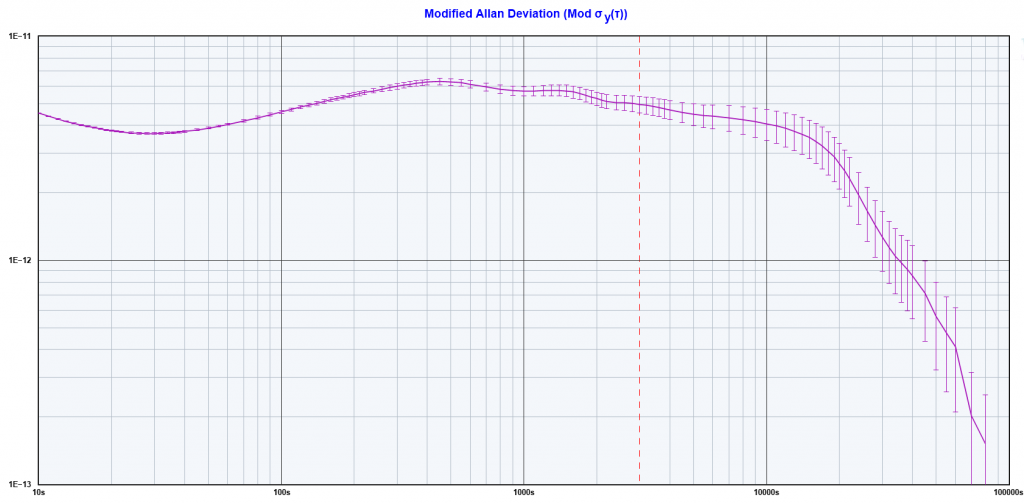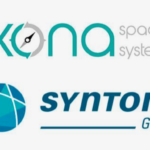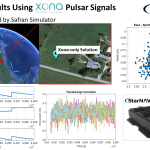Jackson Labs Technologies, Inc. announced availability of the STL-2600 Satellite Timing and Location (STL) receiver designed in partnership with Satelles, Inc., the service provider of STL. This commercial receiver provides a completely GNSS-independent, low-cost capability to generate UTC nanosecond timing and meters-accurate positioning anywhere in the world while operating in a way that is similar to what a GPS user is accustomed to, but completely without GPS or GNSS.
The STL signal has 30db (1,000x) higher power compared to GPS signals, allowing these receivers to operate deep indoors, independent of any GPS/GNSS signal. The STL-260o receiver provides a low SWaP-C UTC-time and location capability with sub-45ns RMS typical timing and better than five-meter typical location accuracy.
“Useful for non-GNSS-based E911 location and UTC(NIST) timing applications, the STL-2600 receiver is deployable today to fulfill critical infrastructure PNT objectives such as those outlined in Executive Order 13905 on the responsible use of PNT in the U.S. and the emerging mandates for a GNSS-independent backup solution in Europe,” said Said Jackson, president of Jackson Labs.
The STL-2600 receiver is also useful in marine applications where GNSS signals are regularly denied or manipulated and for stationary high-accuracy timing applications such as 5G. The STL-2600 receiver can be directly connected to JLT’s novel GPS Transcoder products for glue-less retrofit capability of existing customer legacy GPS-only receiver systems to Galileo, GLONASS, BeiDou, QZSS, and SBAS as well as adding the STL and optional atomic holdover capability to these legacy systems.

The small receiver module combines a custom-designed STL L1 LEO receiver and a latest-generation concurrent-GNSS receiver with a disciplined high-stability reference oscillator sub-system on one circuit board.
Features and specifications of the STL-2600:
• form factor – 1.4″ x 2.0″ x 0.5″ (36mm x 51 mm x 13mm)
• switching modes – user-selectable automatic and manual switching between GNSS and STL signal reception during jamming or manipulation events
• integration – incorporates into user systems just like a legacy GNSS receiver would using NMEA and SCPI serial messages, with the use of standard NMEA messages for STL positioning and timing features making system integration trivially easy
• oscillator options and performance – internal high-stability TXCO standard; capable of directly and glue-lessly disciplining numerous optional DOCXO, CSAC, and Rubidium oscillators for holdover capability, with ultra-stable ADEV performance from 0.1s to infinity with better than 10E-12 stability when using a DOCXO or Rubidium as the holdover oscillator
• low power consumption – ranges between 0.7 W to 1.45 W (depending on configuration) allowing for long-term battery operation for use cases without AC power
• antenna support – one GNSS/STL combined standard; optional support of a second antenna for diversity
• interfaces – TTL serial port standard; optional USB serial port allow easy evaluation and design-in
• upgrades – one-button firmware updates performed in situ through any of the serial ports
The plot displayed above shows improved performance over a test published in a recent Inside GNSS article on the Satelles STL service, which details STL’s timing synchronization performance with different types of user equipment.
The receiver includes JLT’s proven frequency and timing disciplining and holdover IP deeply embedded into the entire signal chain for ultra-low phase noise performance and high-stability 1PPS and 10 MHz operation, even when using only the built-in TCXO oscillator.
The unit operates fully autonomously from just a USB cable and is compatible with a customized version of the GPSCon software — offered at no cost to JLT customers — for monitoring and control.
The STL signal has been deployed worldwide since 2016 and can be evaluated and implemented SWaP-C-effectively today via this receiver module.
Located in Las Vegas, NV, Jackson Labs Technologies, Inc. is a privately held company that designs and manufactures timing- and frequency-generation equipment for the telecom, defense, engineering, test & measurement, broadcast, and research markets.






